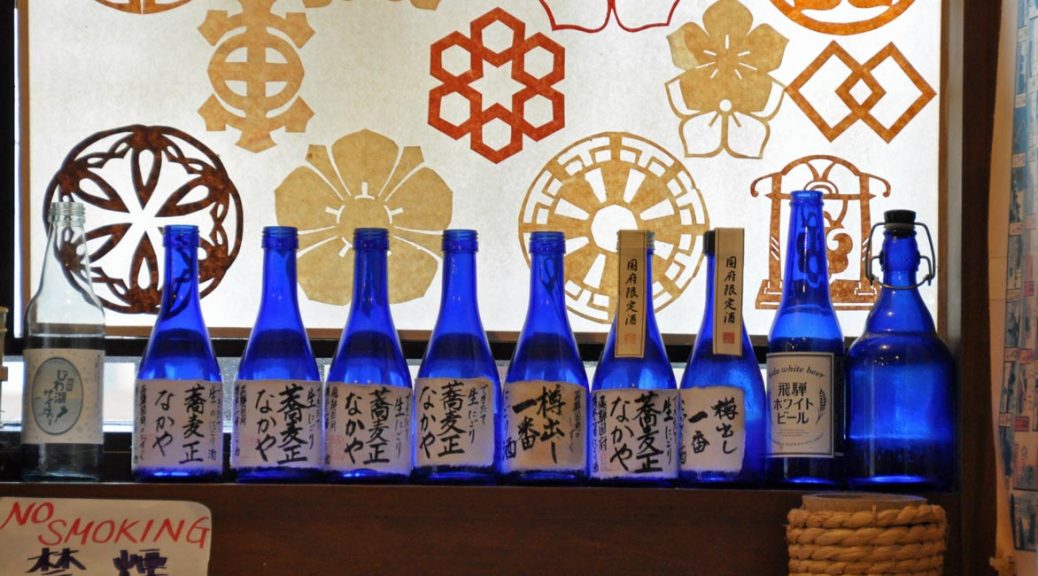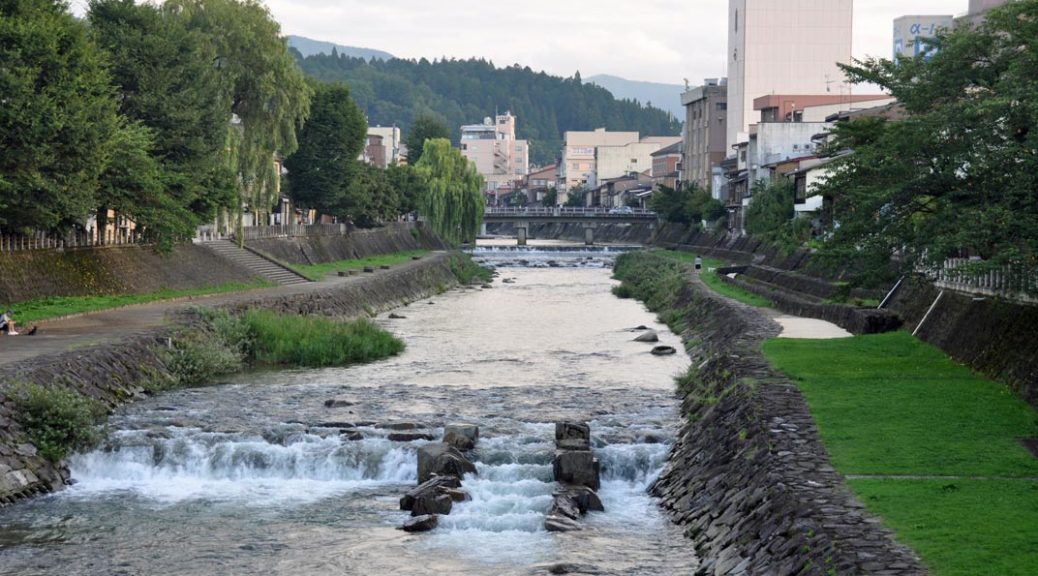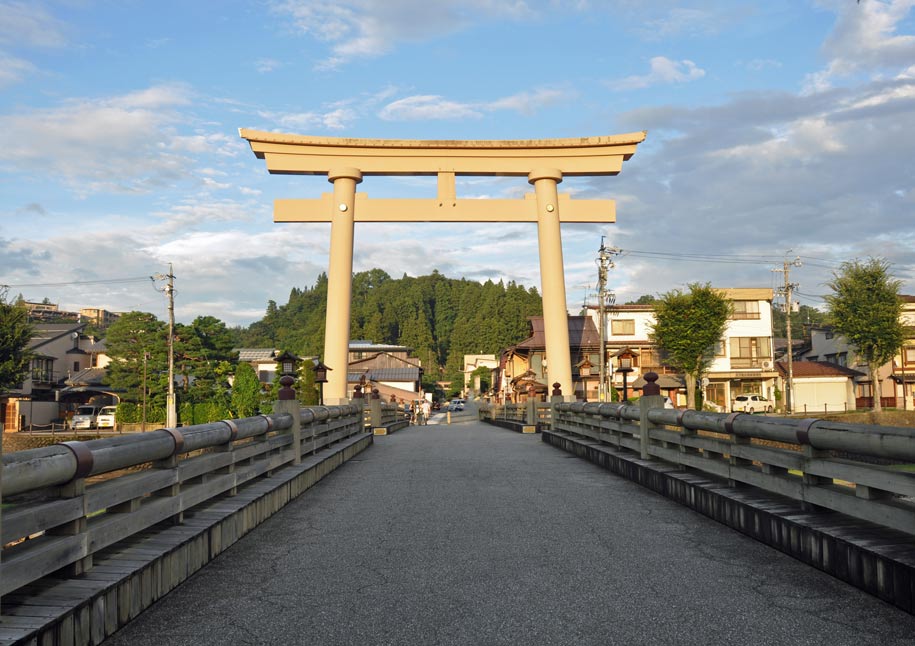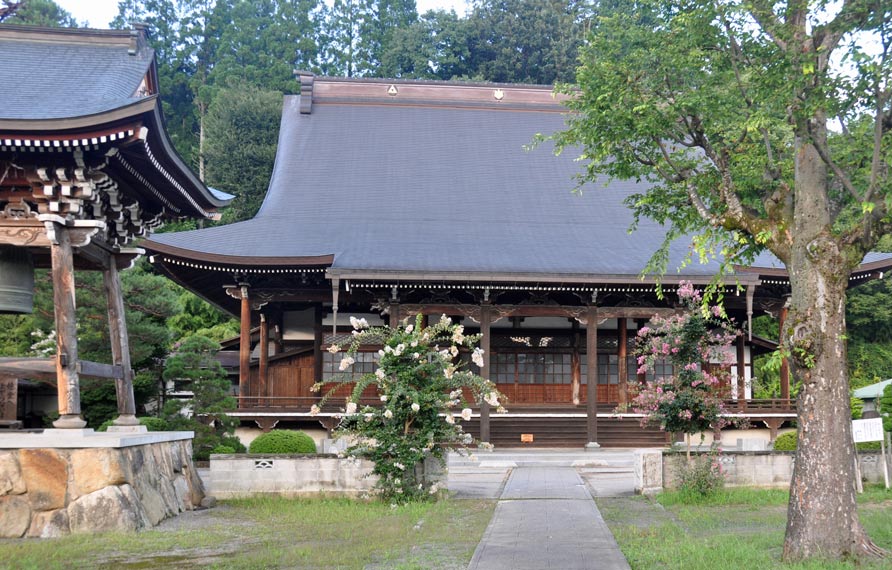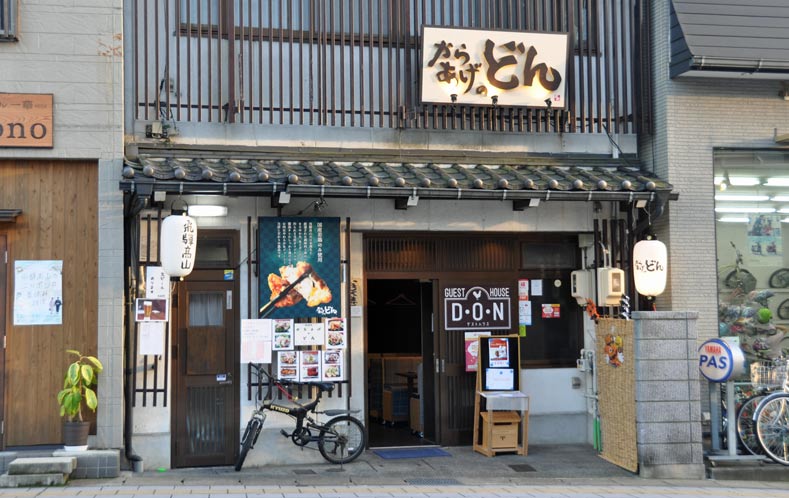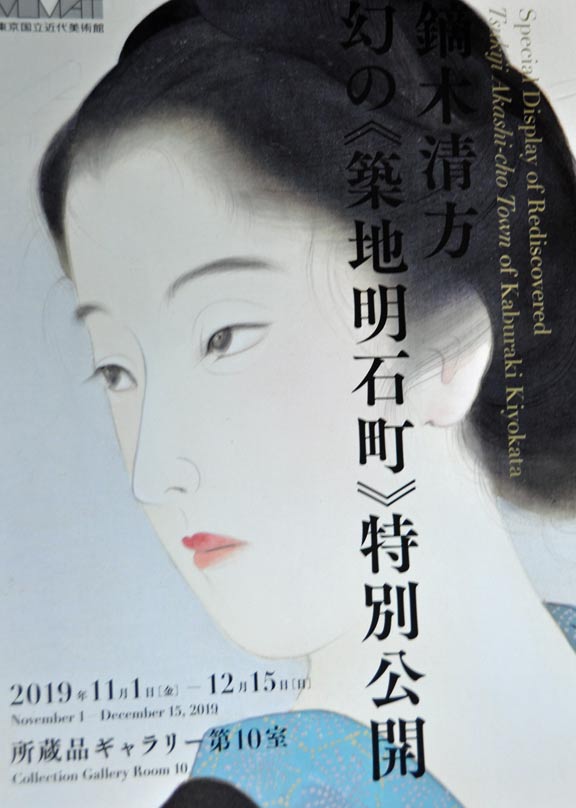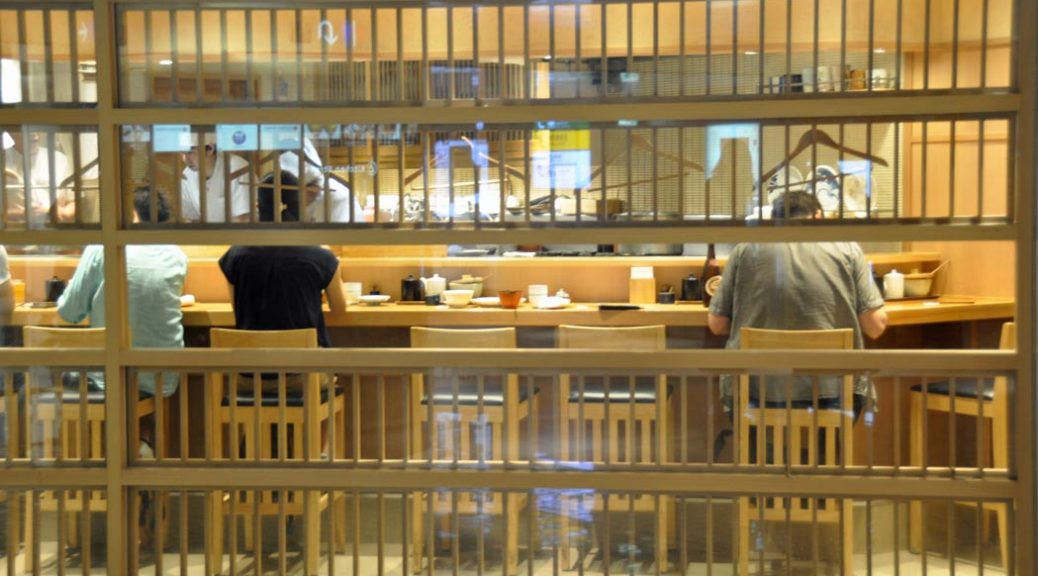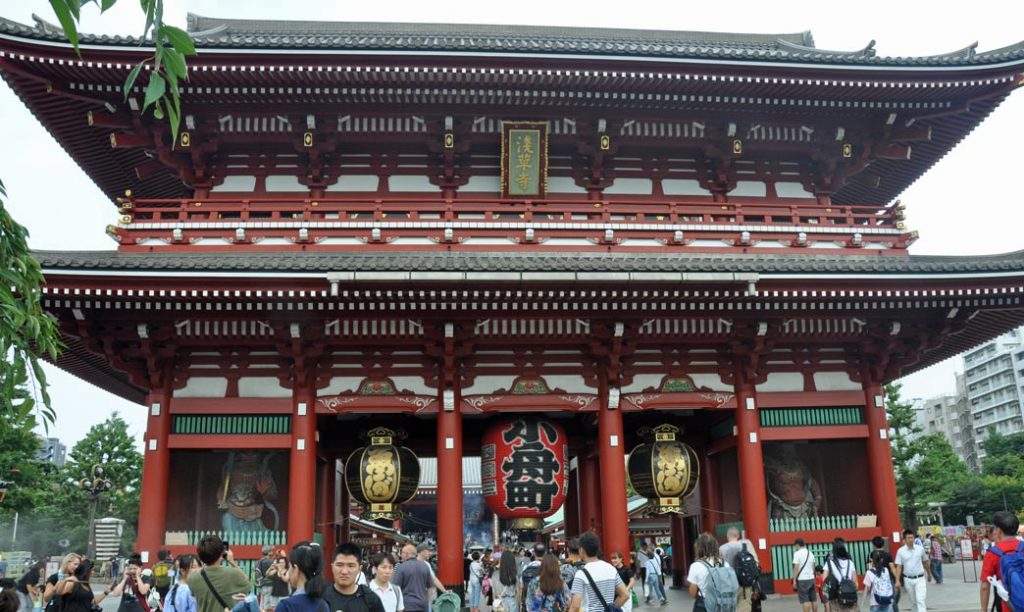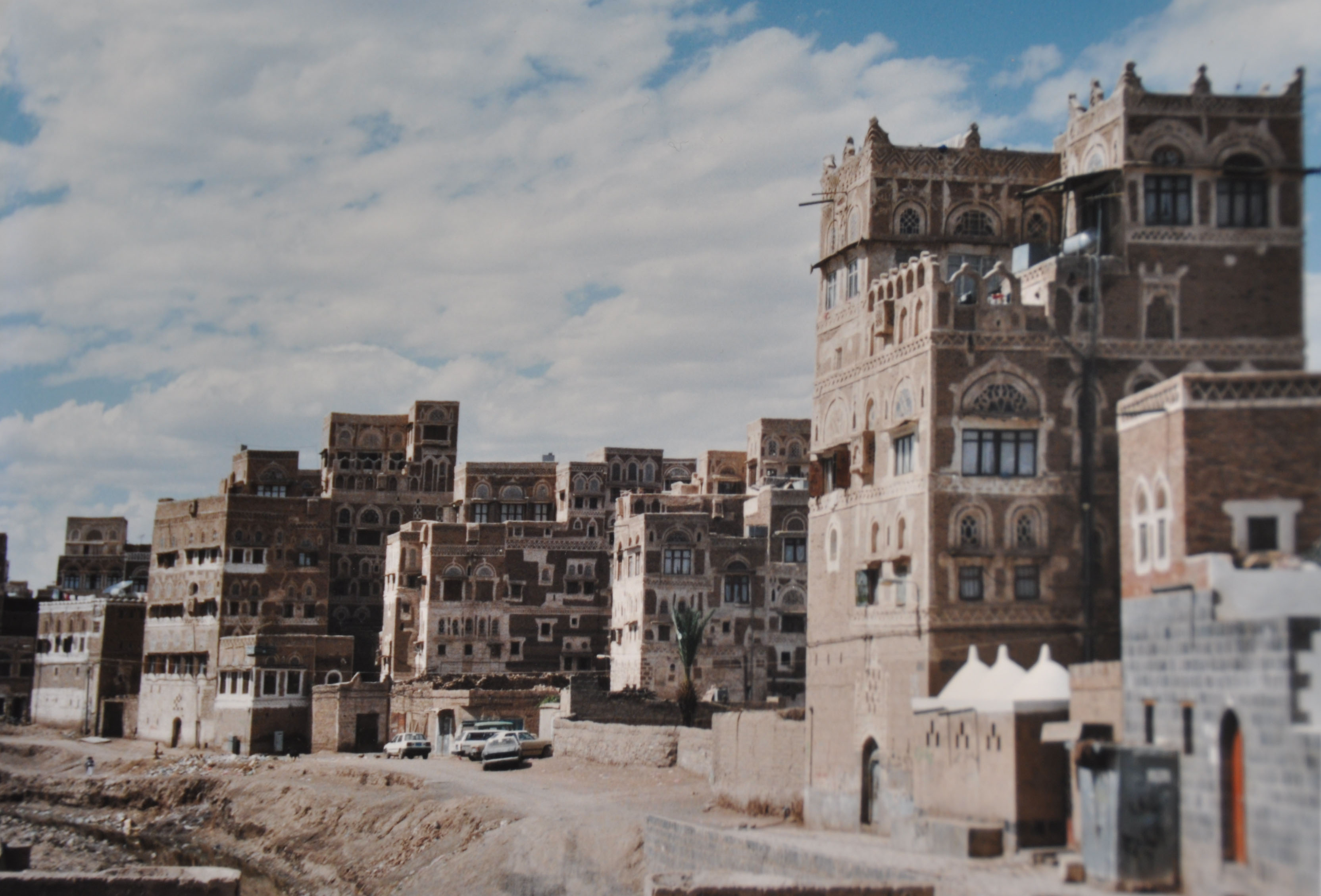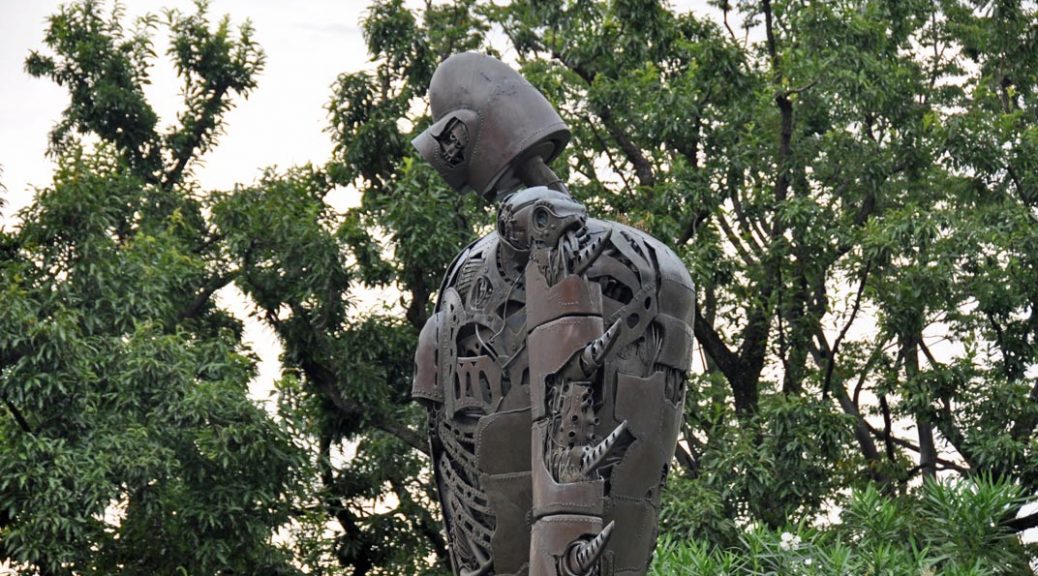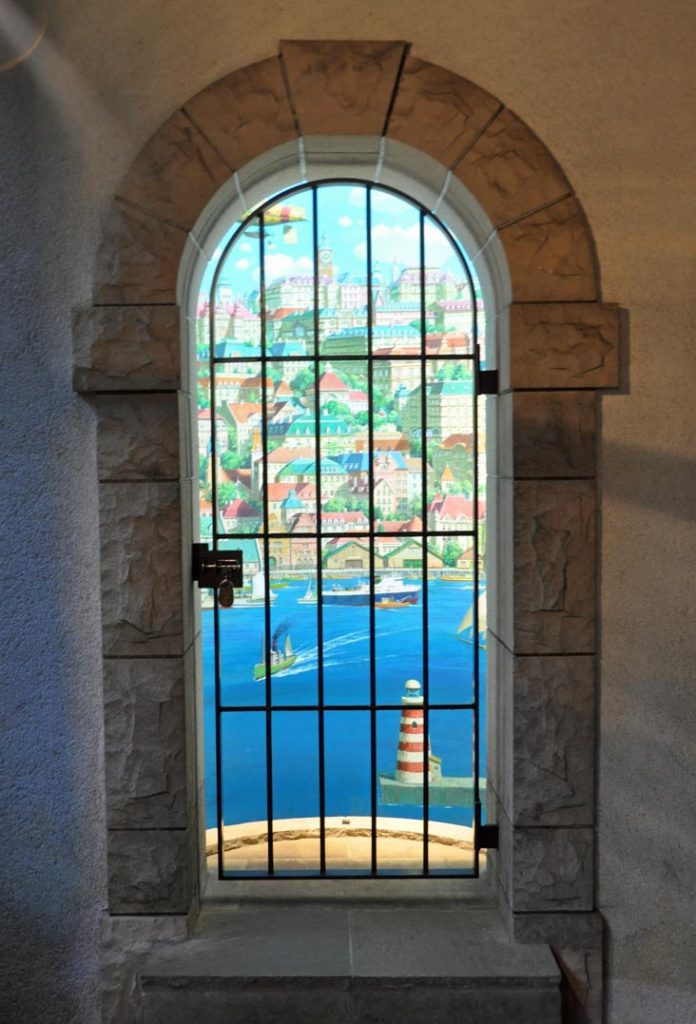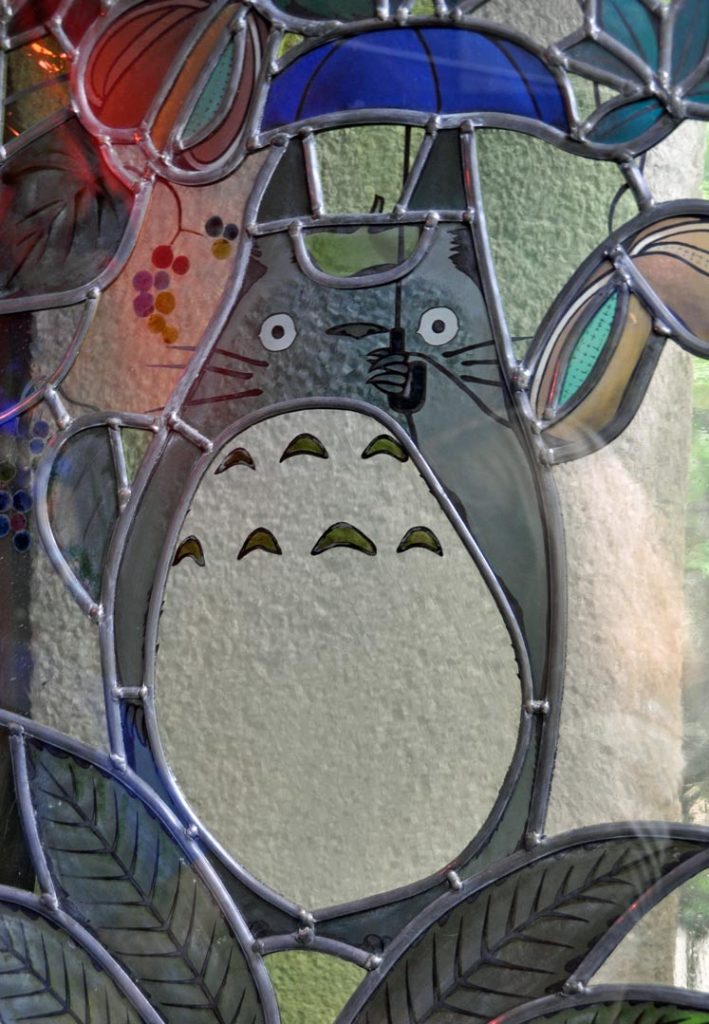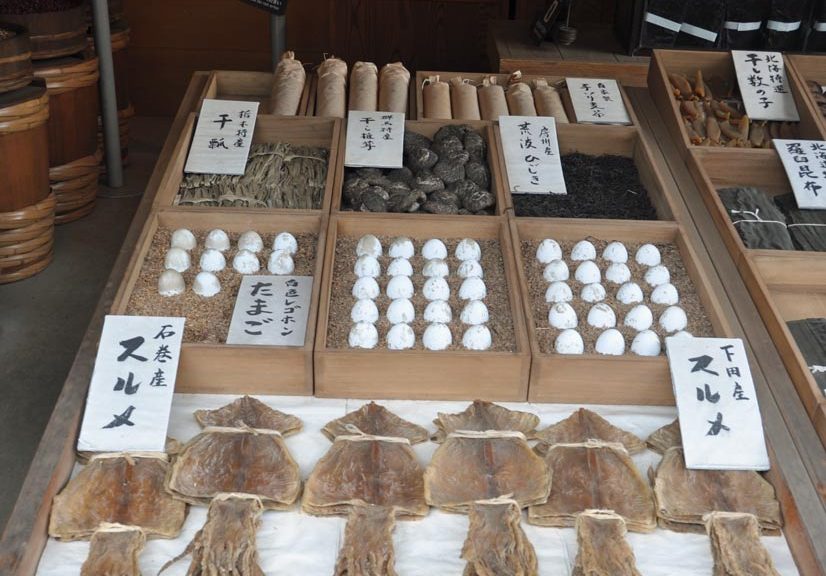Moving west across Japan from Tokyo, we left Takayama and reached Osaka for a brief overnight stop. Later we were told the people of that city have a reputation for taking everything at a much faster pace and certainly it felt like a city that enjoyed a party.

Even so, it felt uniquely Japanese which is to say both polite and safe. Travelling through the country we saw countless people on bicycles, both rural and city, and not a single bicycle lock. People trusted each other enough not to steal their bikes.

On public transport, the public information announcements exhorted people to switch off their phones, to switch down their music etc so as not to inconvenience their fellow travellers with noise. Elsewhere people worry about much more egregious behaviour. It is a polite and safe country for tourists.
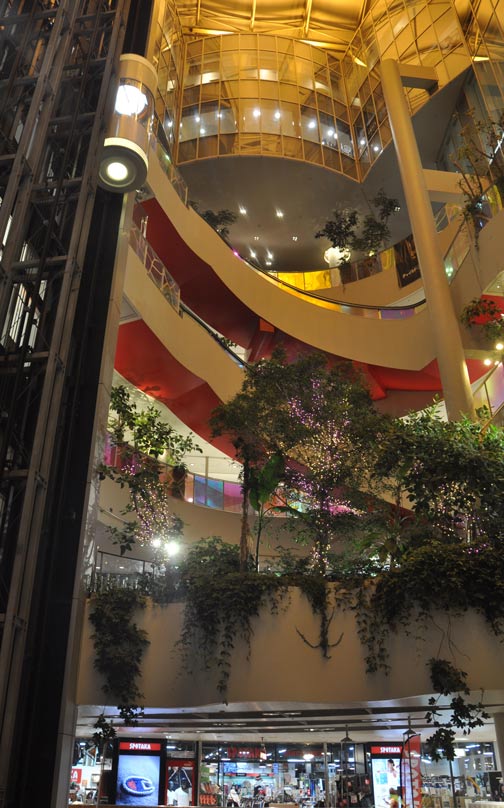
The only times we came close to getting lost were finding our way out of some of the larger stations. After standing puzzled for a few minutes, inevitably someone local would stop and in often very broken English, would do their best to help us find our way.

We visited Hiroshima passing through on our way to Miyajima, Shrine Island just south of the city. Having arrived at the station, we caught a tram from just outside to the Peace Memorial and Museum.
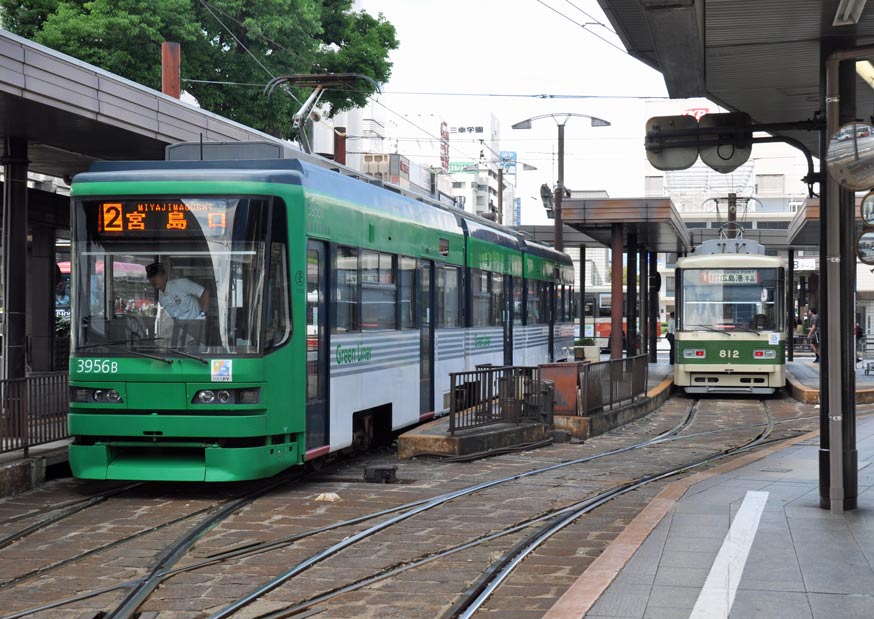
As you would expect it was a somewhat harrowing experience, almost made more so by the presence of so many very young children visiting with school groups.
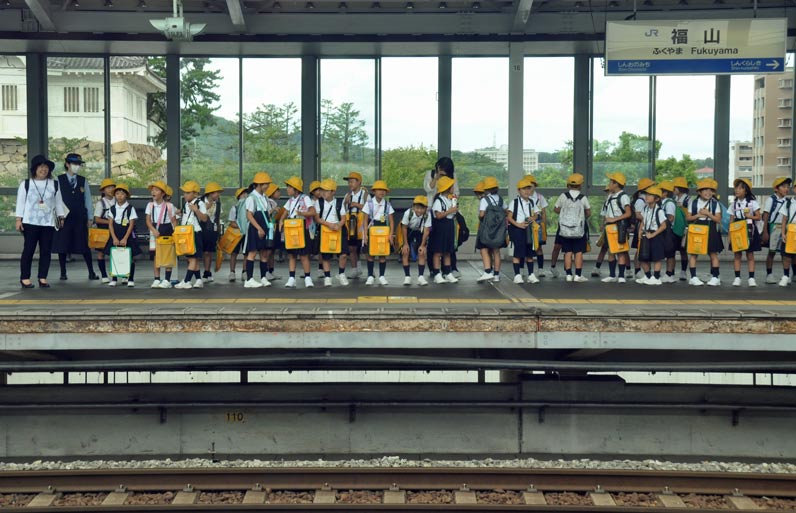
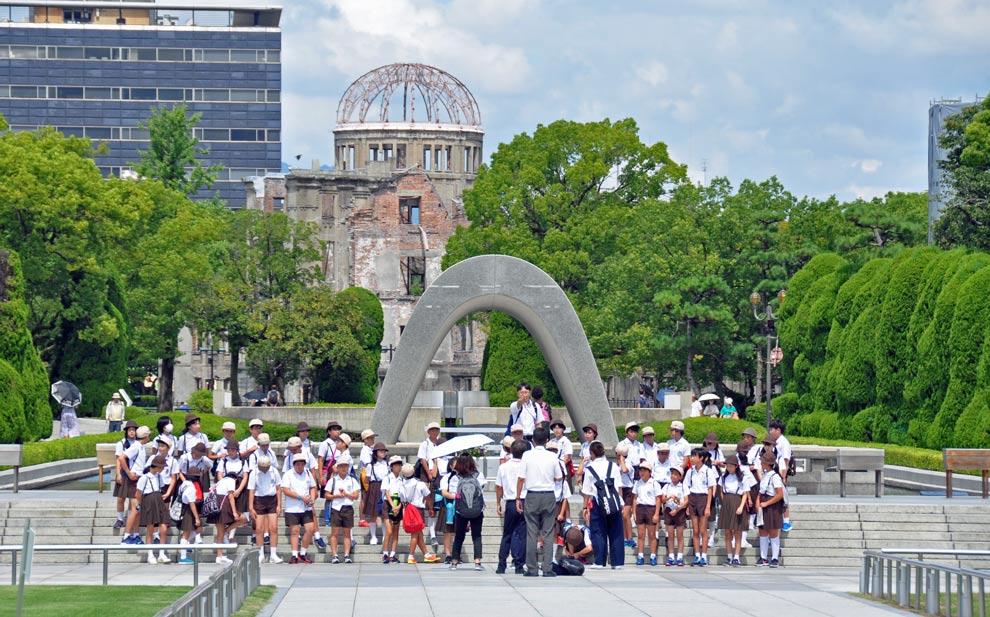
It felt an essential part of the trip, and probably necessary to understand some of the internal conflict within Japan, the pull towards and push away from the military but it was also a huge relief to leave.
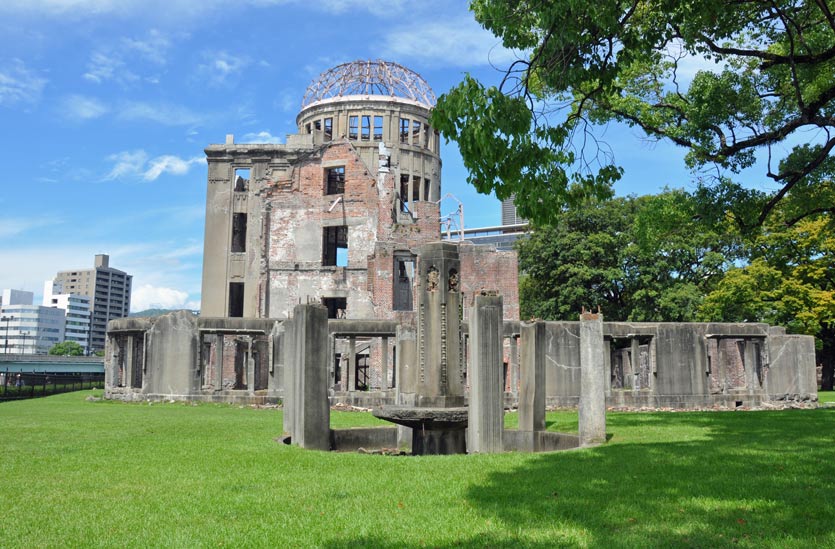
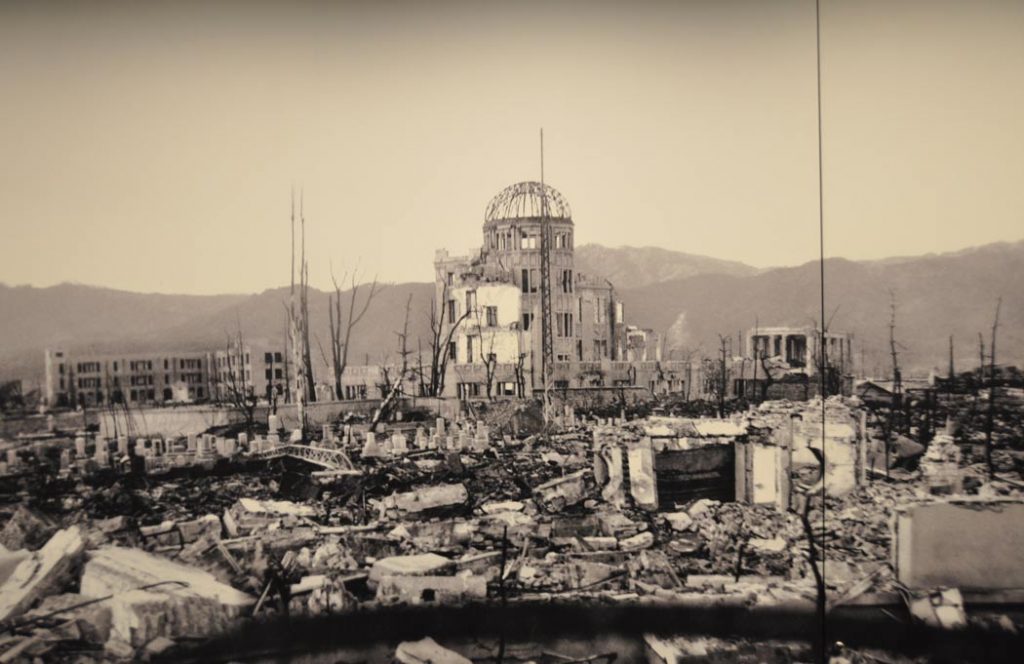
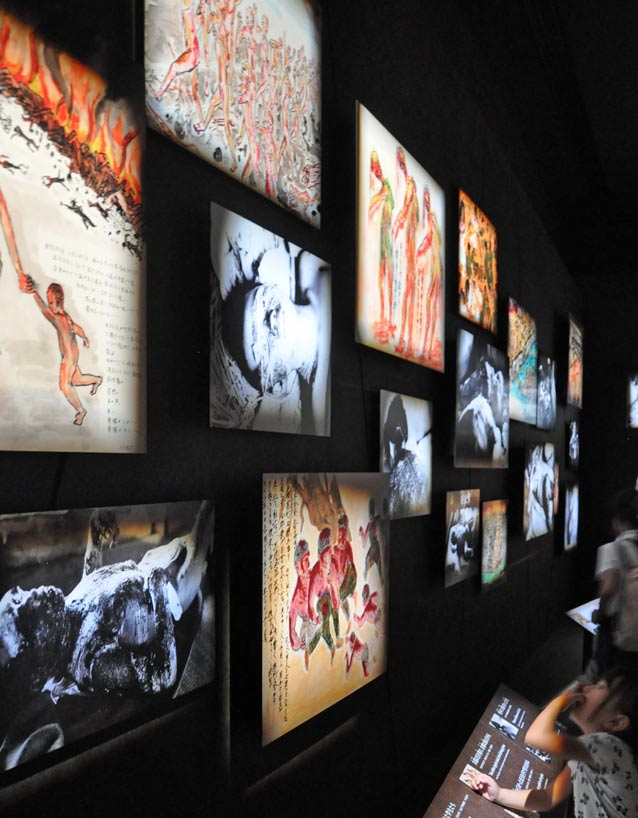
On the way back to the station we were stopped by a group of young teen students who had been tasked with chatting with tourists to try and understand the impact of the Peace Memorial.
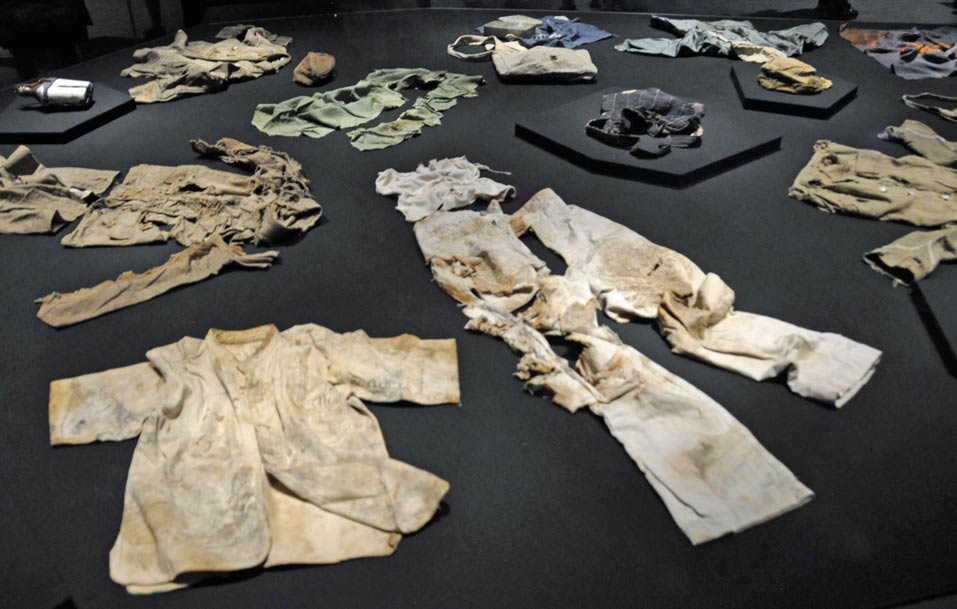
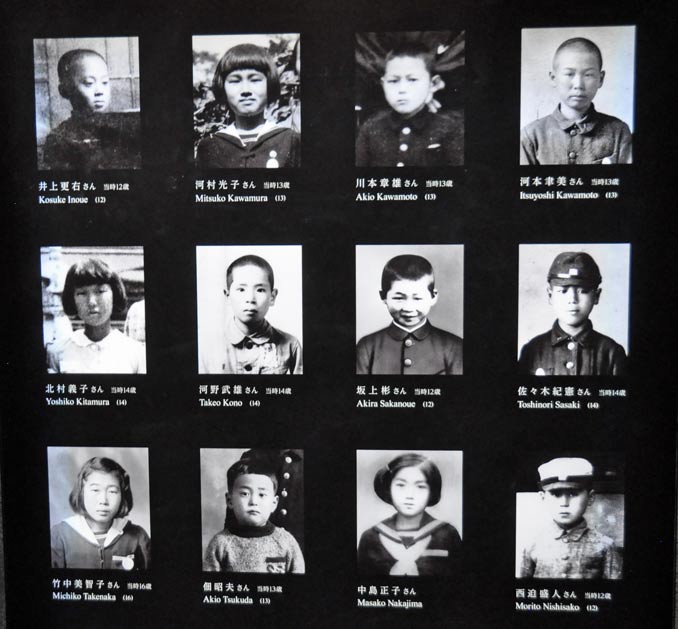
Their teacher hovered protectively as they practiced their English and struggled with the speed of our responses.

They were a real delight after the intensity of the museum.







